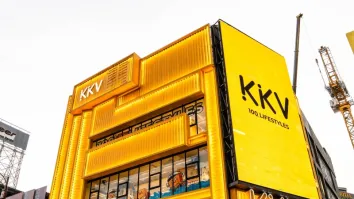
Tsim Sha Tsui leads as Hong Kong's priciest retail district
The district’s diverse trade mix lends it to more sustainable rents.
With a more stable reetail leasing landscape boosting its prospects, Tsim Sha Tsui has overtaken Causeway Bay in terms of retail rents for the first time in Hong Kong, according to a report by Cushman & Wakefield.
Rents in Causeway Bay continued to be heavily impacted by a struggling luxury sector. With the biggest quarterly drop amongst all submarkets, by 25% to $125.03 (HK$969) psf per month, the current level represents a drop of 46% YoY and of 76% from the peak in Q4 2013.
The decline also meant that Tsim Sha Tsui, with rents at $131.35 (HK$1,018) psf per month, surpassed Causeway Bay as the most expensive retail district in Hong Kong for the first time.
Cushman & Wakefield's executive director and head of retail services in Hong Kong, Kevin Lam, commented that the the retreat of luxury will push the vacancy rate in Causeway Bay further up from 7.9% this year. This will lead to incoming non-luxury tenants shifting the tenant mix.
“On the other hand, Tsim Sha Tsui's rents will be more sustainable because the retail landscape there is owned by and has the support of several major developers. The different trade mix there and in Mongkok also means rents of these core submarkets will be more resilient than those of Causeway Bay and Central," Lam said.
F&B rents saw a quarterly drop of around 15% for the core submarkets in Q2, but have stabilised towards the end of the quarter following the easing of social distancing measures in restaurants and bars in May.
The sector's performance reflected a base demand that consisted of largely local consumption. “With the growth momentum shifting to F&B, the sector could be close to bottoming out in both sales and rents,” the report stated.
Cushman & Wakefield expects shopping mall rents to be more stable than those on high streets in H2 2020, with a slightly bearish outlook for Causeway Bay and Central, whilst Tsim Sha Tsui and Mongkok can look to rentals to possibly edge slightly upwards.
"Non-discretionary retail, pop-up shops, shopping malls with an organised promotional effort and more supporting elements for tenants, will be among the emerging trends in the coming quarters," Lam said.
Photo: Diego Delso in Wikimedia Commons



















 Advertise
Advertise





